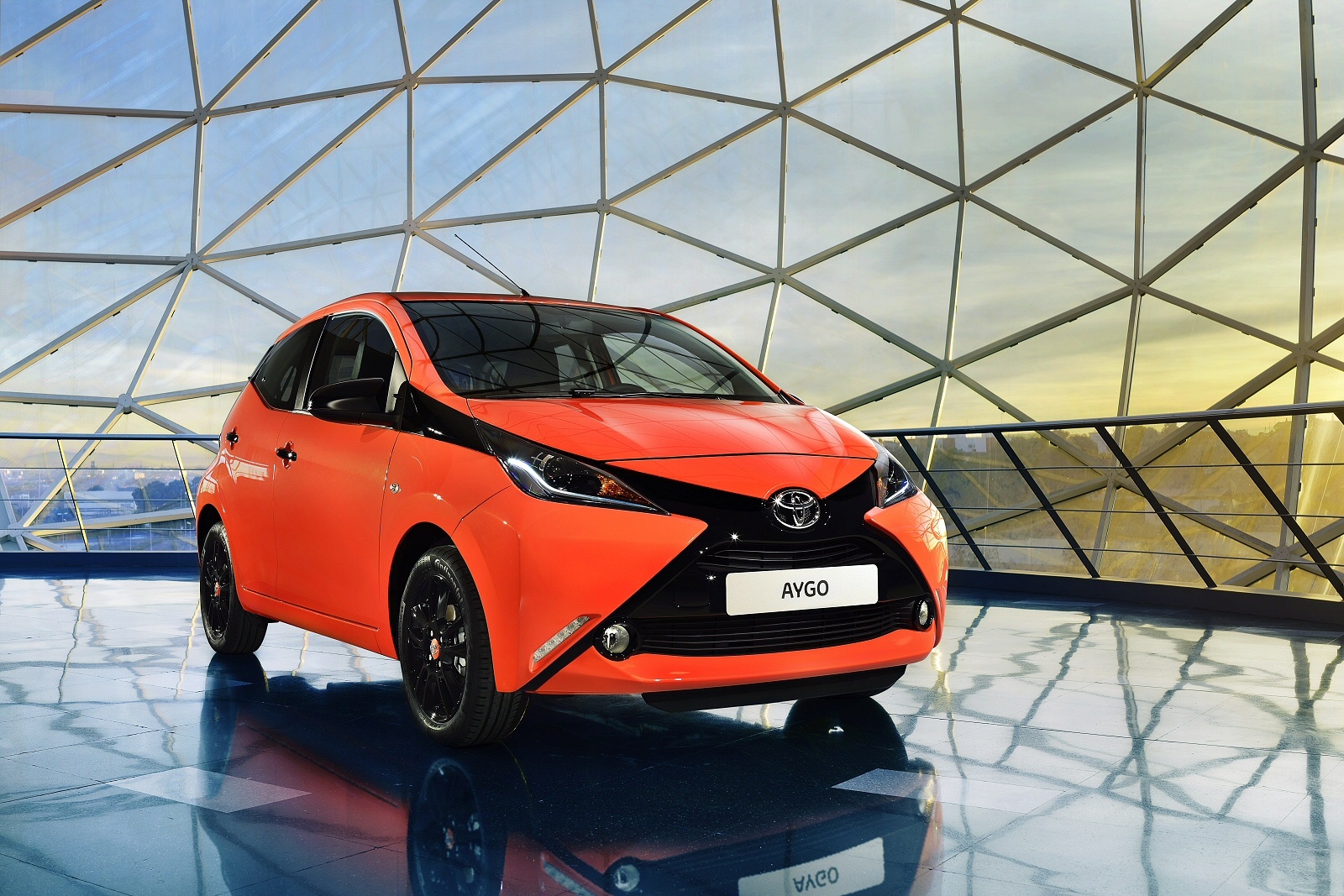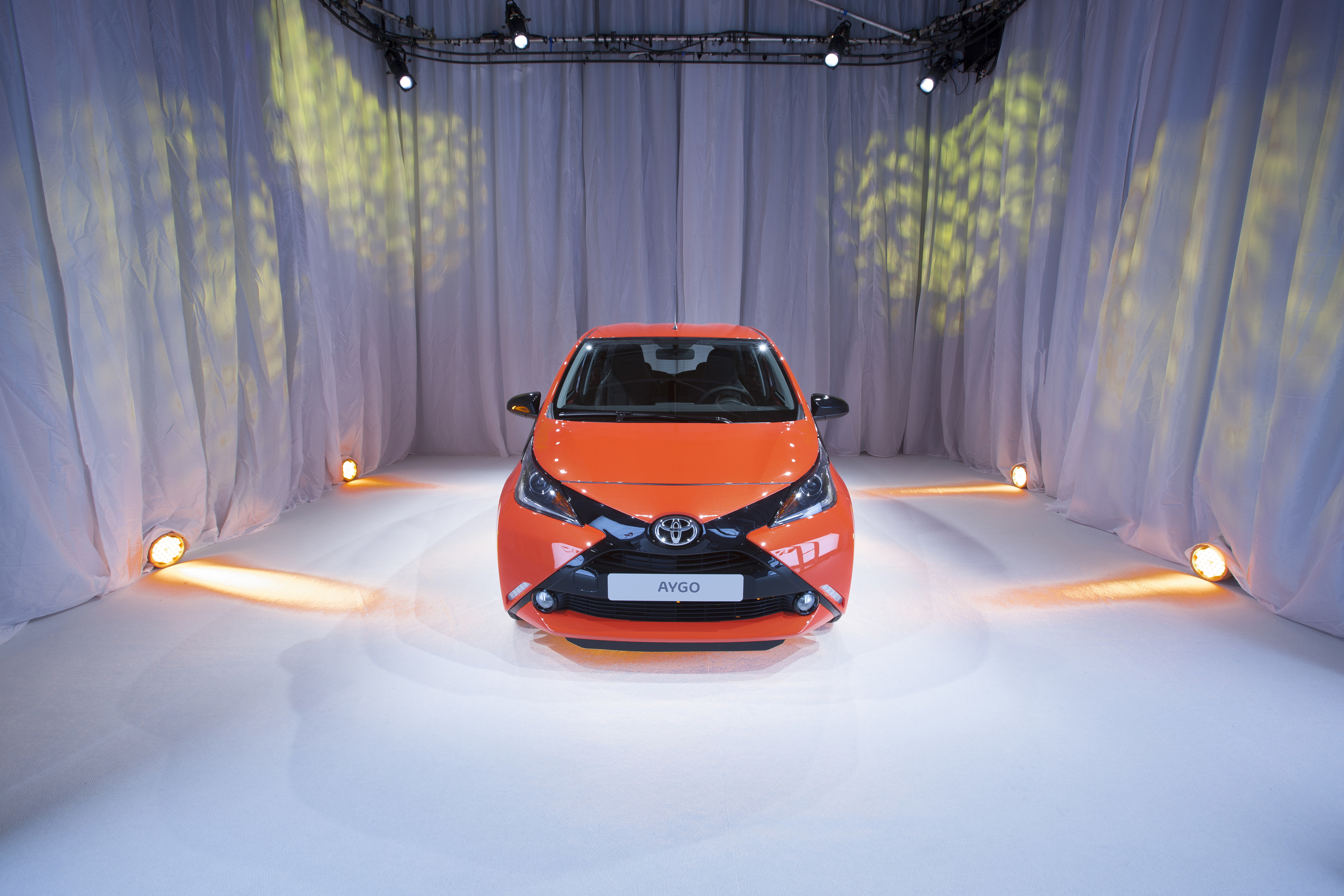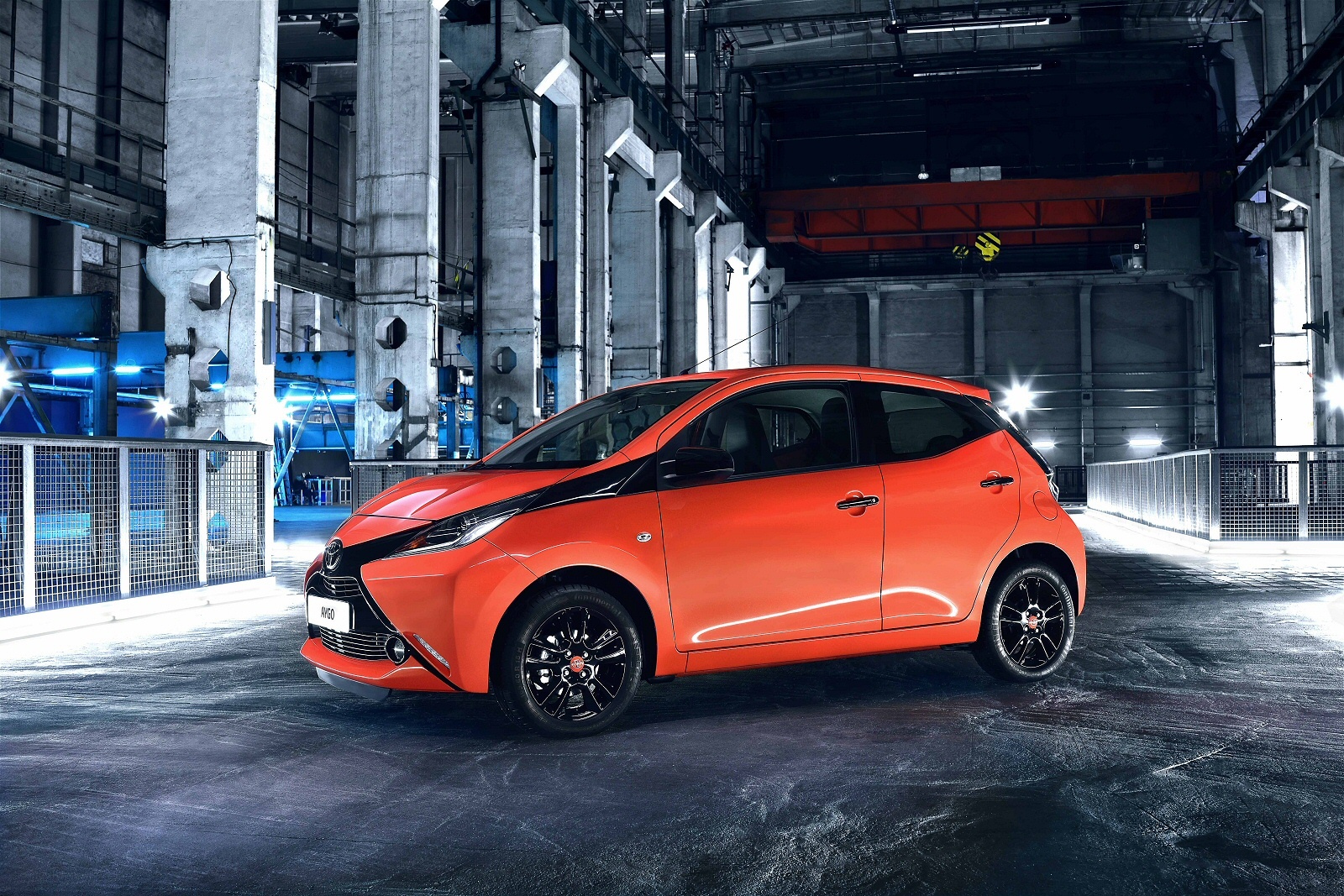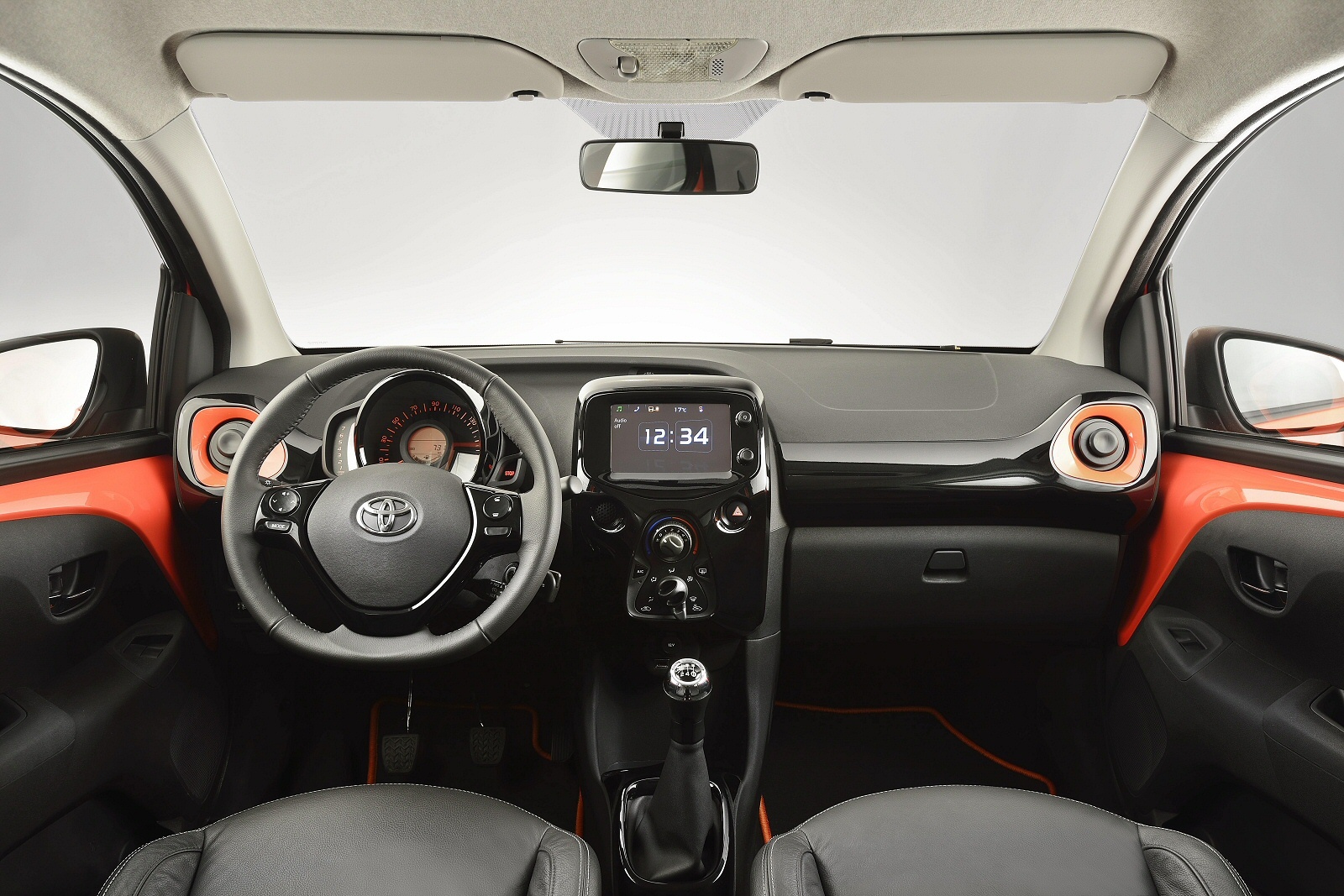The latest Toyota Aygo looks set to reassert itself in a rejuvenated city car sector.
You might well be experiencing a worrying sense of deja vu when we mention the fact that the latest Aygo is powered by a 998cc three-cylinder petrol engine, but Toyota assures us that it’s not just a carry-over from the old car.
The unit has been re-engineered to run with a higher, 11.5:1 compression ratio and has an improved combustion chamber design for better efficiency. Friction losses have also been reduced, notably by using a new, low-friction timing chain. And although it’s still one of the lightest engines on the market, more weight has been saved by introducing a cylinder head with an ingenious built-in exhaust manifold.
Power is up over the old car, but given that the improvement is only from 67 to 68bhp, we won’t get too excited, either about that or a torque increase from 68 to 70lb/ft. In an effort to improve flexibility, some 63lb/ft of that is available from as low as 2,000rpm, so you won’t need to rev the car to death in order to get it moving. As before, there are no pokier petrol engines and no diesel option. You can get a self-shifting gearbox though as an option (we hesitate to call it an ‘automatic’). Actually, it’s what the engineers call an ‘automated manual’ gearbox that can be used in fully automatic mode, or with manual gear selection using paddle shifts or the shift lever itself.
Toyota makes much of the latest Aygo’s scope for personalisation. This is one area where the last car dropped the ball. Buyers in this sector want to be able to quickly, cheaply and effectively differentiate their cars so they don’t look like everybody else’s. Mini was the first company to get on board this trend and Citroen quickly followed. Now the Japanese are playing catch-up, with Nissan’s Juke offering clip-on interior panels that can be swapped at will. This Aygo follows this concept, with instrument panel, centre console, air vent, shift knob and gear lever surround sections that can easily be changed. Even the X-shaped front grille, rear bumper insert, front bumper and alloy wheels can all be specified to suit. To try to keep things easier for the customer and to offer better value, Toyota has also created a range of exterior and interior styling packs, rather than forcing people to select piece-by-piece customisation.
The Aygo’s bodywork is a good deal more aerodynamic than the old car’s, helping to reduce its drag coefficient from Cd 0.30 to 0.29. Together with reducing internal friction in the engine and transmission, these have helped lift the Aygo’s combined cycle fuel economy from 64.2 to 68.8mpg, while bringing carbon dioxide emissions down to 95g/km, comfortably below the 100g/km threshold for annual road tax exemption. Should you choose the x-shift gearbox, the Aygo’s numbers are barely dented, with 67.3mpg combined cycle fuel consumption and 97g/km CO2 emissions.
You certainly couldn’t accuse Toyota of a rapid response with the Aygo. This car was probably overdue three years ago, but better late than never. While its predecessor had gradually been demoted from a best-in-class car to a worthy budget option, this latest Aygo punts Toyota right back into contention for class honours. Yes, we’d have liked to have seen a bit more ingenuity under the bonnet, but citycars are all about keeping a cap on costs, looking good and differentiating themselves with smart interior features. The Aygo scores on all of those counts.
The ability to personalise the car and access connected services such as social networking have transformed the Aygo from a runabout primarily appealing to the elderly to one with a more youthful appeal. Tapping into a market of people who may never have considered a Toyota before is vital and the Aygo is Toyota’s lure for Gen Y-ers reluctantly forced to own a car. They may have unknowingly lucked in.
Facts & figures
Model: Toyota Aygo
Price: From £7,995
Engine: 998cc three-cylinder petrol engine
Performance: 0-62mph in 14.2 seconds, top speed 99mph
Economy: 68.8mpg combined
CO2 rating: 95g/km



